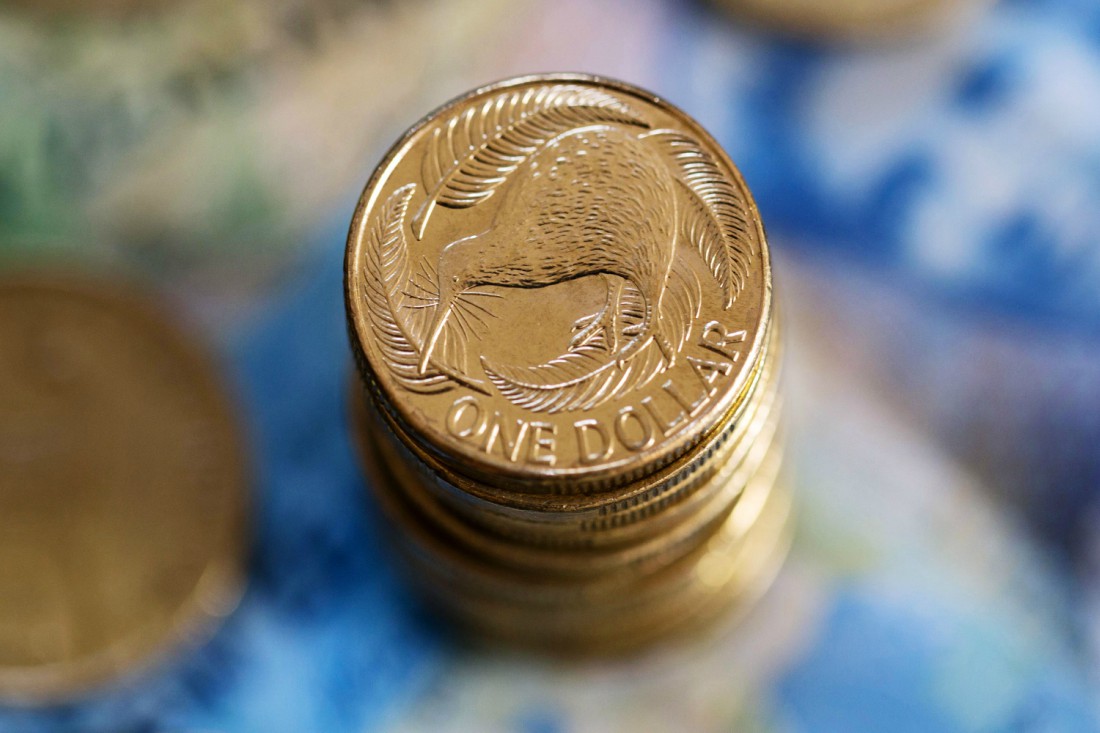Keeping KiwiSaver top-of-mind makes sense. If you’re familiar with the basics, but could do with expanding KiwiSaver knowledge, read on for five (of the many) things to know…
About your first-home deposit
One of the advantages of KiwiSaver is that you can dip into KiwiSaver funds to boost your first-home deposit, reducing the mortgage you would otherwise need.
However, there is a bit of confusion out there as to how this works, so to clarify, a KiwiSaver first-home withdrawal can only be used on the day of settlement. In other words, the money from KiwiSaver account goes straight to your solicitor, to be paid to the vendor (owner of the property) on settlement day.
To be eligible to make a first-home withdrawal, you must have been a KiwiSaver member for at least three years. The savings you withdraw can’t be put towards purchasing an investment property – it can only be used for a first home. Although, in some circumstances, even if you’ve owned a home before, you may still be allowed to make a first-home withdrawal. Needless to say, we can help you check your eligibility and assist with the application process.
Early withdrawals? Just in limited cases
As you will know, KiwiSaver is designed to help you build long-term retirement savings. As such, making early withdrawals to cover day-to-day expenses rather defeats the purpose. However, there are some specific circumstances when you might be able to access some or all of KiwiSaver funds. These include your first-home purchase, significant financial hardship, permanent emigration (depending on your destination) and serious illness. If you’d like to discuss the particulars of your situation, we’re here to help.
What happens when you turn 65?
Once you turn 65, provided you’ve been a member for at least five years, you can tap into KiwiSaver funds.
Unless you need all the money right away, you don’t necessarily have to close your account. Many providers allow KiwiSaver members to remain in their scheme and will continue to manage your money for you, so that you can continue to save. You would also be able to make regular withdrawals and voluntary contributions.
After you turn 65, it’s up to you whether you want to leave some or all of your money in KiwiSaver account – and at that time, it would be a good idea to talk to a specialist about your options, goals and needs.
Funds can be changed
There’s a wide range of schemes and providers you can choose from. If you decide not to join a scheme of your choice, you’ll be provisionally allocated to your employer’s chosen scheme or to a default scheme.
Depending on your age, plans and personality, sometimes a default scheme can be the best choice. As default schemes are conservative funds, they come with lower risk, relatively low fees, fixed interest investments and higher levels of cash than most funds.
It’s always important to select a fund that suits your own needs in terms of risk and possible long-term outcomes. And don’t forget you’re allowed to choose another fund to invest in at any time, which is something your adviser will be happy to talk you through.
How safe are your savings?
It’s a common misconception that KiwiSaver is guaranteed by the Government. While it’s true the Government invests a lot of resources in making KiwiSaver appealing to Kiwis, it doesn’t guarantee the absolute safety of your savings. So, beside the reporting obligations and regulatory supervision that each KiwiSaver scheme is subject to, the ‘safety’ of your savings largely depends on the type of funds you choose.
Defensive funds are the lowest-risk option, but usually grow very slowly. On the other end of the spectrum, aggressive funds offer potentially higher returns with greater risk. And in between, conservative, balanced or growth funds are also available.
If you’re looking for the right KiwiSaver scheme and fund, or want to review your investment portfolio, we’d be happy to answer your questions.
An Adviser Disclosure Statement is available free and upon request.

